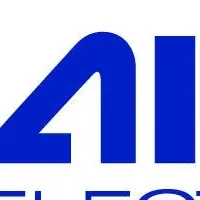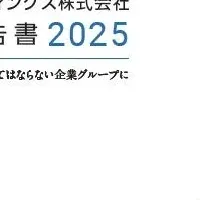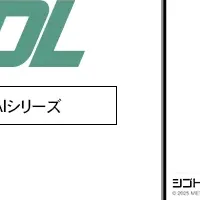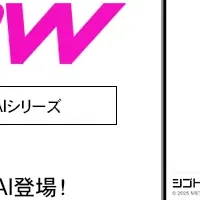
The Growth of Analytical Standards Market Driven by Life Science Innovations and AI Enhancements
The Analytical Standards Market: Future Growth and Challenges
The analytical standards market is poised for significant growth, with projections estimating an increase of USD 657.8 million from 2024 to 2028. This anticipated expansion is driven by the rapid advancements in the life sciences sector, coupled with the increasing influence of artificial intelligence (AI) on market trends.
Market Overview
Technavio has reported an expected compound annual growth rate (CAGR) of 6.78% during the forecast period. The growth trajectory is largely attributed to the escalating demand for precise analytical methodologies across various industries, particularly in proteomics and metabolomics, as well as in food safety and quality control domains. Notably, the market stands out due to diverse applications ranging from chromatography and mass spectrometry to spectroscopy which are essential for the accurate identification of compounds related to health crises like respiratory infections and chronic diseases, including cancer.
Essential Market Drivers
Several key factors are driving the analytical standards market, including:
- - Technological Advancements: The evolution of chromatography techniques, along with innovative mass spectrometry approaches, has streamlined the process of separating and identifying impurities in complex mixtures.
- - Healthcare Needs: The heightened focus on detecting and monitoring various infectious diseases, such as influenza, malaria, HIV, and tuberculosis, necessitates the availability of reliable analytical standards. These standards are crucial for validating testing methodologies and ensuring patient safety.
- - Environmental Awareness: With increasing regulatory focus on air quality and emissions from industries such as power plants, the demand for environmental monitoring has surged significantly. Analytical standards are vital for measuring pollutants like sulfur dioxide and carbon dioxide in the atmosphere.
However, the market does encounter challenges, particularly the limited shelf life of analytical standards which can undergo changes due to exposure to environmental factors. To mitigate these challenges, manufacturers must adhere to stringent storage protocols and ensure regular inventory turnover to maintain quality and efficacy.
Market Segmentation
The analytical standards market can be categorized into:
1. By Type:
- Chromatography
- Spectroscopy
- Titrimetry
- Physical Property Testing
2. By Application:
- Food and Beverages
- Pharmaceuticals and Life Sciences
- Environmental
- Others
3. Geographical Distribution:
- North America
- Europe
- Asia-Pacific
- South America
- Middle East and Africa
Leading Market Players
Several prominent companies are currently influencing the analytical standards landscape. Notable players include AccuStandard, Agilent Technologies, Thermo Fisher Scientific, and LGC Limited. These companies not only lead in market share but also set benchmarks for innovation and technological advancements in analytical testing methodologies.
The Role of AI
AI is significantly reshaping the analytical standards market by enabling better data analysis and enhancing operational efficiency. AI-driven analytics can offer predictive insights into market trends, allowing companies to adapt quickly to changing demands. Furthermore, AI algorithms facilitate real-time monitoring and testing, which is critical for regulatory compliance in sectors that depend heavily on precision, such as pharmaceuticals and food safety.
As the world leans more towards customization and rapid analysis, vendors are ramping up their capabilities in custom synthesis and production to meet the market’s pressing needs. This adaptation is crucial for maintaining market relevance and ensuring that businesses can deliver high-quality standards that comply with global regulations.
Conclusion
In conclusion, the analytical standards market is on an upward trajectory, bolstered by innovations within the life sciences sector and the crucial effects of AI on operational practices. Companies must navigate the challenges presented by limited shelf lives and stringent regulatory standards while also leveraging opportunities for growth through innovation and custom solutions. As this market evolves, it promises to play an increasingly vital role in ensuring accuracy across various analytical applications, benefiting healthcare, environmental monitoring, and food safety sectors alike.
Topics Business Technology)










【About Using Articles】
You can freely use the title and article content by linking to the page where the article is posted.
※ Images cannot be used.
【About Links】
Links are free to use.